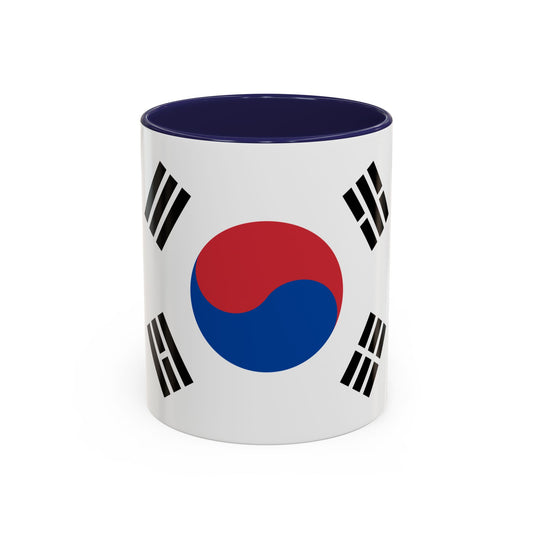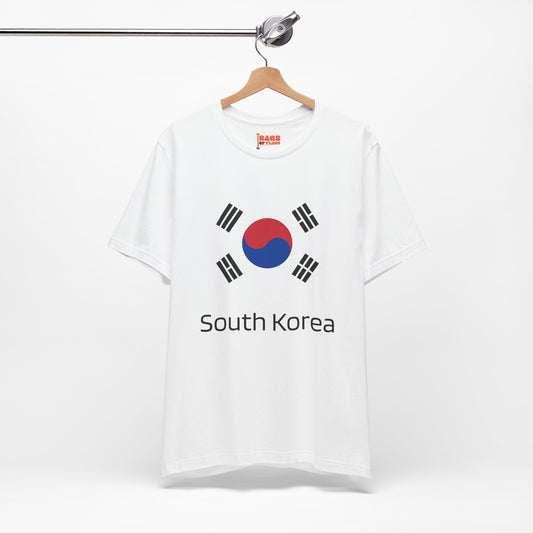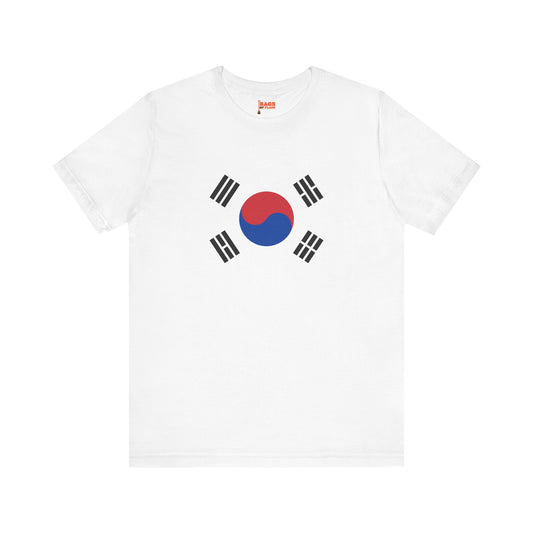-
South Korea Sweatshirt
Regular price $34.15 USDRegular priceUnit price / per -
South Korea Flag Sweatshirt
Regular price $34.15 USDRegular priceUnit price / per -
South Korea Inspired Sweatshirt
Regular price $34.15 USDRegular priceUnit price / per -
South Korea Pillow
Regular price $22.65 USDRegular priceUnit price / per -
South Korea Backpack
Regular price $59.79 USDRegular priceUnit price / per -
South Korea Leather Patch Hat
Regular price $18.85 USDRegular priceUnit price / per -
South Korea Mug
Regular price $11.65 USDRegular priceUnit price / per -
South Korea Trucker Cap
Regular price $14.90 USDRegular priceUnit price / per -
South Korea Inspired Hoodies
Regular price $34.40 USDRegular priceUnit price / per -
South Korea Hoodies
Regular price $34.40 USDRegular priceUnit price / per -
South Korea T-shirts
Regular price $22.79 USDRegular priceUnit price / per -
South Korea Inspired T-shirt
Regular price $22.79 USDRegular priceUnit price / per -
South Korea Flag on Hoodie
Regular price $34.40 USDRegular priceUnit price / per -
South Korea Flag on T-shirt
Regular price $22.79 USDRegular priceUnit price / per
Collection: Korea, South
The South Korean flag is a powerful symbol that represents the country's rich history and culture. Beyond its vibrant colors and striking design, the flag holds deeper meanings and historical significance that are often overlooked. We will delve into the lesser-known facts about the South Korean flag, exploring its origins, symbolism, and current relevance.
Overview of the South Korean Flag

The flag of South Korea, known as the Taegukgi, stands out with its unique and meaningful design. At its heart is the red and blue Taeguk, a symbol that visually captures the dual forces of the universe, embodying balance and harmony. Surrounding this central emblem are four black trigrams, each occupying a corner of the flag. These trigrams are not randomly chosen; they are deeply rooted in Eastern philosophy and represent fundamental aspects of reality: heaven, fire, water, and earth.
The flag's backdrop is a pure white field, highlighting the colorful symbols and conveying a message of peace and purity. Together, these elements combine to create a flag that is as aesthetically striking as it is symbolically rich, mirroring the values and beliefs central to Korean identity. The thoughtful composition of the Taeguk and the trigrams against the serene white background makes the South Korean flag a profound emblem of national pride.
Historical Context of the South Korean Flag
The inception of the South Korean flag traces back to the late 19th century, a period marked by significant turmoil and the desire for a distinct national identity. Initially introduced in 1882, the Taegukgi symbolized Korea's striving for independence and sovereignty amidst pressures from foreign powers. This early version laid the groundwork for what would become the modern flag, which was officially adopted on October 15, 1949, shortly after the establishment of the Republic of Korea. Over the decades, the Taegukgi has witnessed minor modifications, particularly in the exact dimensions and the shade of colors used, but the fundamental design and symbolism have remained untouched.
This steadfastness mirrors the resilience and enduring spirit of the Korean people through times of peace and conflict. The adoption date coincides with a pivotal moment in Korean history, marking the nation's rebirth and aspirations for a future grounded in peace and prosperity. The flag's continuity and the consistency of its design elements underscore its role not just as a national emblem but as a beacon of hope and unity for the Korean people.
Symbolism Behind the South Korean Flag

Beyond its visual appeal, the South Korean flag's intricate design is a rich philosophical and cultural symbolism tapestry. At the core of its symbolism is the Taeguk, a motif illustrating the duality and balance between the opposing yet complementary forces of yin (blue) and yang (red). This concept, rooted deeply in traditional Korean and broader Asian philosophies, emphasizes balance and continuous movement within the universe. The four trigrams flanking the Taeguk further enrich the flag’s symbolic depth.
Each trigram, with its specific combination of broken and unbroken lines, stands for one of the four classical elements: Geon (heaven) represents justice and creativity; Ri (fire) symbolizes wisdom and passion; Gam (water) conveys adaptability and fluidity; and Gon (earth) signifies vitality and stability. These elements are crucial in Eastern cosmology and reflect the attributes South Koreans hold dear as a society. Together, they encapsulate the ideals of harmony, balance, and the cyclical nature of life, portraying a holistic worldview that underpins the Korean identity. This layered symbolism imbues the flag with a profound meaning, making it a revered emblem that transcends its physical form to embody the spiritual and moral values of the nation.
Current Relevance of the South Korean Flag
Today, the Taegukgi is ubiquitous in South Korea, flown with pride on public buildings, schools, and homes, especially during national holidays such as Liberation Day and National Foundation Day. Its significance extends beyond mere representation of the country, symbolizing solidarity and patriotism among South Koreans. Recently, the flag has taken on new dimensions of meaning during international sports events, where it has become a rallying point for national pride and unity. The flag’s appearance at such events often sparks discussions on the global stage about South Korea's cultural identity and the country's role in the world.
Additionally, in military contexts, the Taegukgi is revered, with its display symbolizing the commitment and sacrifice of the armed forces in defending the nation’s sovereignty. Despite its widespread acceptance and respect, the Taegukgi sometimes finds itself at the center of political debates over national identity and historical interpretation, reflecting its deep embedment in the country's social and political fabric. These ongoing discussions highlight the flag's enduring relevance in shaping and reflecting contemporary South Korean society.
Additional Facts about the South Korea Flag
The Taegukgi is subject to a set of formal guidelines that govern its display and treatment, underscoring the respect and significance attached to this national symbol. Notably, it should always be displayed in a prominent position, raised first, and lowered last when flown with other flags. On national mourning days, the flag is flown at half-mast as a sign of respect and mourning. Additionally, the Taegukgi has made its mark on the world stage symbolically and in record-breaking terms. It set a world record for being the most giant flag ever flown, a testament to the country's national pride and spirit.
This achievement is celebrated as a symbol of South Korea's ambitions and desire to leave a significant mark on the global community. Another intriguing aspect is the flag's incorporation into cultural and sporting events, where it is often seen creatively displayed by fans, showing the dynamic ways in which the Taegukgi continues to inspire and unite South Koreans. These practices and records highlight the deep reverence for the flag, reflecting its integral role in South Korea's national identity and collective memory.




























